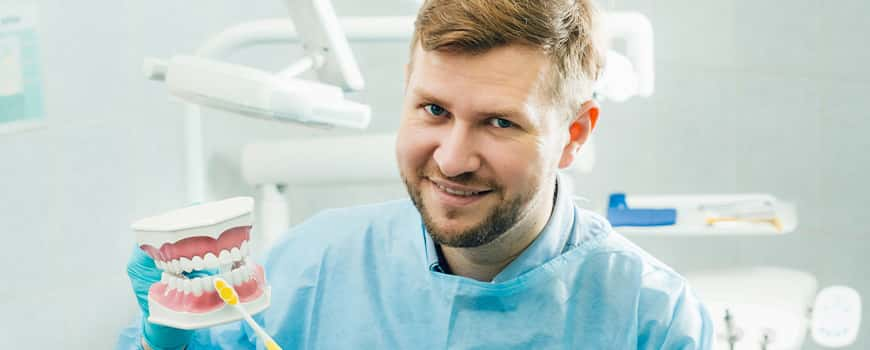Tooth Correction Techniques
Salih ÖNDER2022-09-05T22:48:21+03:00What are tooth correction techniques?
When it comes to tooth correction techniques, it is possible to talk about a very wide range in orthodontics. To summarize briefly, orthodontic cases; We can basically divide them into two groups: ‘skeletal anomaly’ cases that have problems in facial appearance due to the problem in the relationship between the jaws, and ‘dental anomaly’ cases that have no problems in facial appearance, but only have crowding, separation or closure disorder in their teeth.
Skeletal anomalies are treated with functional appliances such as face mask, chinrest, activator, smart appliance, headgear, jasper jumper in children (between 9-14 years of age), while in adults, orthognathic surgery or orthodontic camouflage treatment is applied depending on the severity of the problem.
Dental abnormalities can be treated at any age, starting from the age of 11. For this, we use metal brackets, porcelain brackets, clear plates and lingual brackets in line with the needs and demands of the patient.
However, we apply preventive and preventive treatments for problems detected at an early age (between 5 and 9 years). For example; We make tongue preventers for children with thumb sucking habits and swallowing problems, placeholders for early loss of milk teeth, removable removable appliances for minor dental disorders.
Is it possible to straighten teeth without using braces?
Correction of teeth with clear aligners without using braces has come to the fore in recent years and it has become a hope for our patients who do not want braces but want their teeth to be straightened. With this technique, it is not understood from the outside that the patient is receiving orthodontic treatment, and it is more comfortable to use than the classical bracket system. However, this is not a method that can be used in every orthodontic case, it is only suitable for patients with slight crowding of a few teeth or small gaps between teeth. It is not suitable for the cases other than these, and the result of the treatment does not make the patient and the physician happy.
The relationship of the teeth to the adjacent teeth in the lower or upper jaw is like pieces of a puzzle. Like puzzle pieces, the orthodontist brings the teeth to where they should be, and sets them in place in accordance with anatomical, physiological and aesthetic norms. Numerous techniques and materials for this process have been developed and continue to evolve. Wireless orthodontics, that is, transparent aligners, is one of these techniques, it should be known that this system is a very comfortable and aesthetic solution, but it does not give the desired result in every case.
White or transparent porcelain brackets can be preferred for patients who are uncomfortable with the appearance of metal brackets. Years ago, it was known that the treatment time with porcelain brackets was longer than with metal brackets, but in recent years, this problem has been eliminated with the development of porcelain brackets designs. The ‘lingual orthodontic’ technique, in which the brackets are attached to the back surface of the teeth, is another alternative. However, porcelain brackets and lingual brackets are also limited in application, they can be a solution for certain types of orthodontic problems. The orthodontist will explain to the patient the most appropriate and most effective option after examination.
We, dentists, advise our patients to care more about how their teeth will look after the treatment, rather than how their teeth will look during the treatment process. Orthodontic treatment will last for months, the patient will be present with braces in all his social life and work environment, but after the treatment is over, he will be in those environments for the rest of his life, not for months, and he will show those teeth in every smile. For this reason, if our patients focus on the result rather than the duration, form and method of treatment, the treatment process will be more comfortable for them.
Bagcilar Hospitadent
Chief Physician Dt. OGUZ KARA
